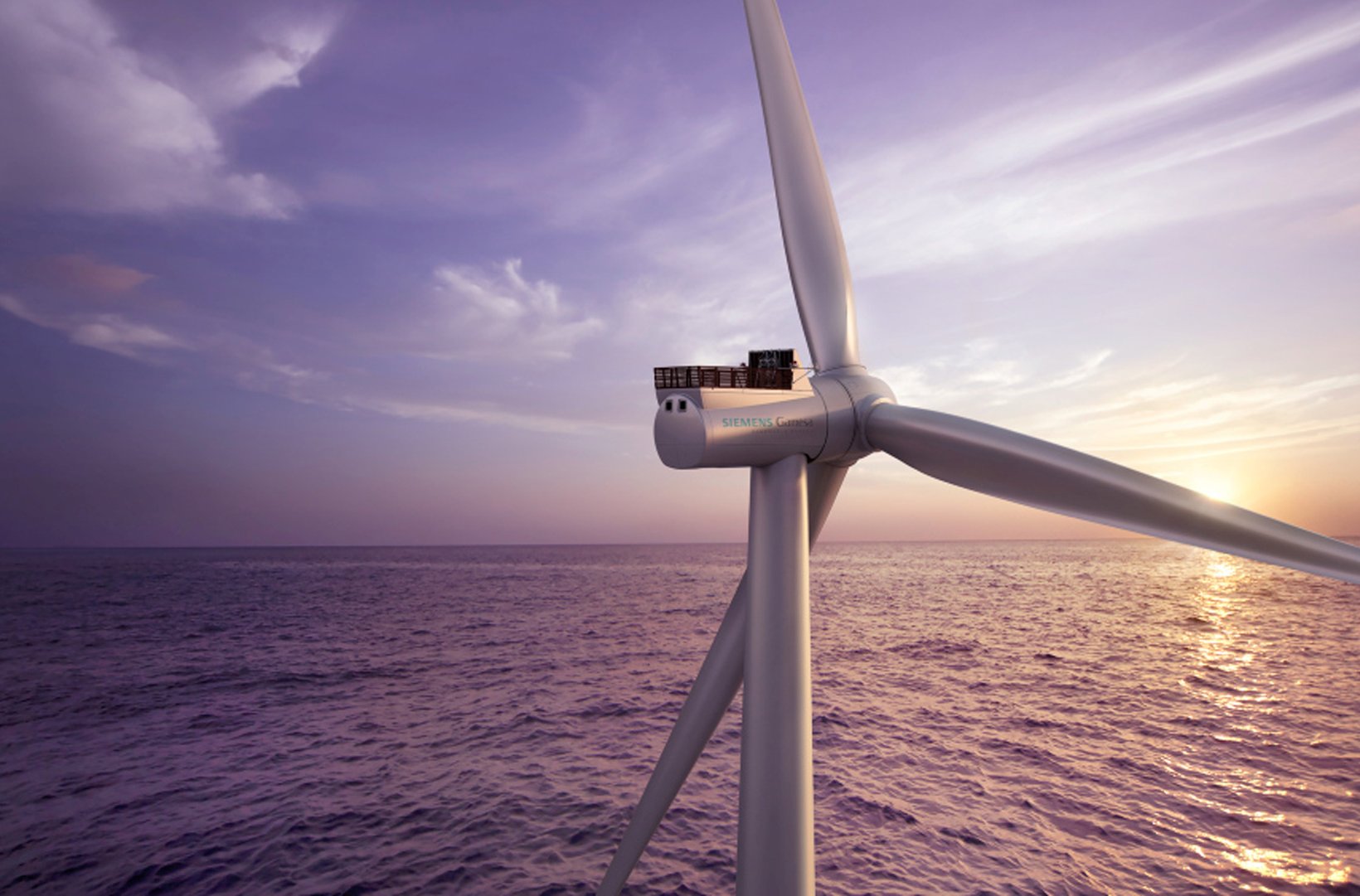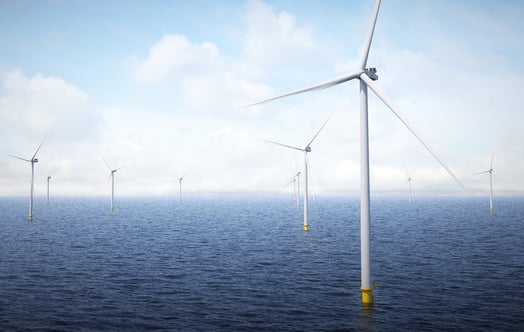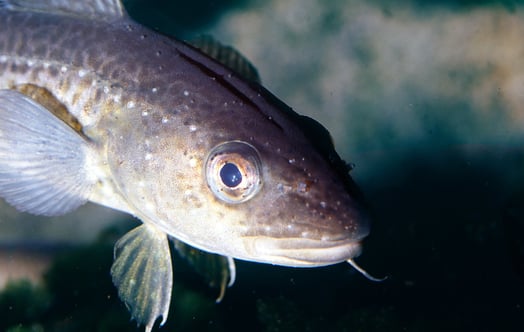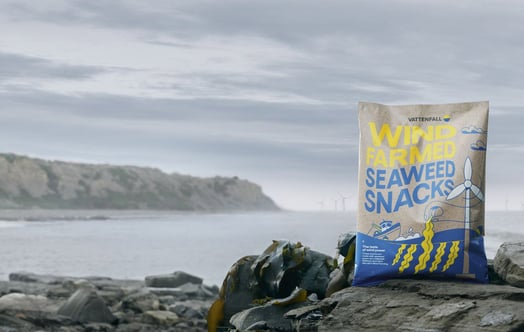
Vattenfall's offshore wind farms, Vesterhav Syd and Vesterhav Nord, will break all previous efficiency records in Denmark. The two wind farms will increase Danish electricity generation from wind turbines by more than 10 per cent, making a significant contribution to the country's green transition.
Wind conditions at these locations are excellent; there is no “wake effect” among the turbines in the farm; and the type of turbine is optimal. In other words, conditions are perfect for the supply of renewable energy to Danish households from Vesterhav Syd and Nord in 2020.
"The efficacy of Vesterhav Syd and Nord sets new standards, both in Denmark and internationally. Overall, the North Sea is a fantastic place for energy generation from wind. But the two wind farms are furthermore designed to avoid any wake effect among the turbines. It means that wind will be utilised to the utmost extent and that the farms will make an appreciable contribution to Denmark's green transition", says Michael Simmelsgaard, director of Vattenfall in Denmark. He adds,
"If one looks at another Vattenfall offshore wind farm, Horns Rev 3, this is also a very efficient farm but some of the turbines suffer from an internal wake effect. They also encounter wake effects from other farms at Horns Rev. This is not the case at Vesterhav Syd and Nord."
The turbines at these two farms are placed in rows that are best suited for the prevailing wind, which in this area is south-westerly to north-westerly. The forecast for the turbines’ so-called capacity factor, an expression of their calculated average power generation, is as much as 52 per cent.
Together the two farms are expected to generate 1,569 GWh annually, increasing Danish electricity generation from wind turbines by 10.7 per cent.
"Vattenfall won the tender with a historically low price. Unlike other Danish offshore wind farms, the price included cabling to land. The fact that the turbines are closer to land reduces the costs of bringing it onshore a great deal. All in all, the Danes will be enjoying renewable energy at a very favourable price", says Simmelsgaard.
The winning bid by Vattenfall for the Vesterhav Syd and Nord sites was DKK 0.475 (around 0.064 euro) per kWh, inclusive of the cost of bringing the power onshore.
Facts about Vesterhav Syd and Nord
- With an anticipated annual production of 1,569 GWh, Vesterhav Syd and Nord will cover the annual electricity consumption of around 380,000 Danish households.
- Vesterhav Syd and Nord will increase Danish electricity generation from wind turbines by more than 10 per cent.
- The two wind farms will consist of 20 and 21 Siemens Gamesa 8.4 MW turbines respectively.
- Vesterhav Syd and Nord are situated in the North Sea, between 4.2 and 10 kilometres off the west coast of Denmark.
- This is the first offshore wind farm in Denmark, where it will be possible for local people to become co-owners of the farm.
Vattenfall's Danish offshore wind farms
| Vattenfall's offshore wind farms | Commissioning | Total capacity (MW) | Calculated capacity factor (per cent) |
| Horns Rev 3 | 2019 | 406 | 50 |
| Vesterhav Syd | 2020 | 168 | 52 |
| Vesterhav Nord | 2020 | 176 | 52 |
| Kriegers Flak | 2021 | 604 | 48 |
|
*The calculations have been done using WindPro and are based on available wind data (supplied by the Danish Energy Agency in tender documentation and wind data from other accessible sources) as well as the turbine manufacturer's 'power curves'. Miscellaneous losses have been deducted. |
|||



